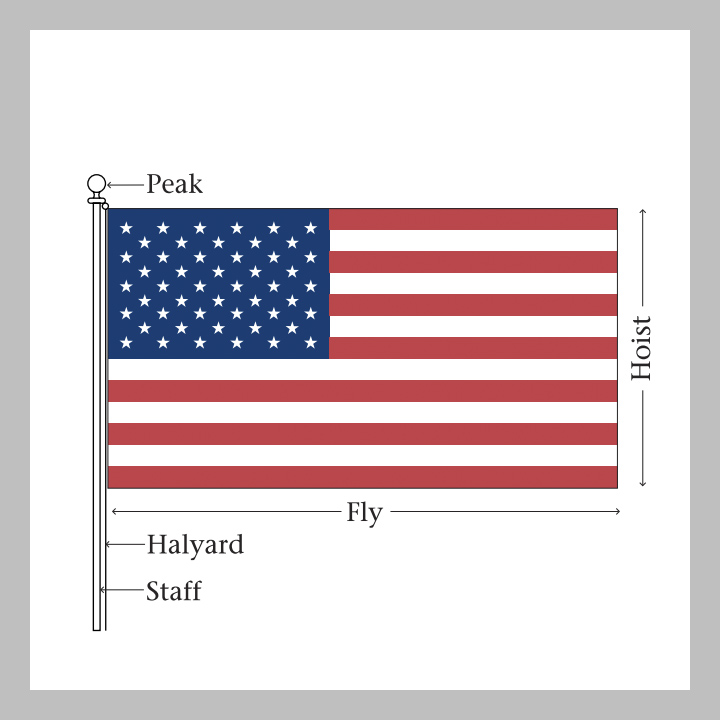As a kid, I was taught to have great respect for the United States Flag. My dad and his brothers were all soldiers in World War II. During my lifetime, neighbors, friends, those in our community, and millions I never had the honor of meeting, fought, some died for our country and the principles it was founded on in Korea, Vietnam, the Middle East, and other places around the world. Millions of those women and men physically put their very lives at risk for what that flag represents and for that I owe them a debt that cannot be repaid.
And that is why I believe any person who lives under the blanket of freedom those people sacrificed to provide should revere and respect the symbol of their sacrifices: the United States Flag. No one is forced to of course—that’s the true measure of this beautiful legacy we’ve been blessed with—but if you choose to so honor the flag, the United States Flag Code is the U.S. federal law that establishes the rules for its display and care.
First and foremost it reads, “The flag represents a living country and is itself considered a living thing,”—it is not a decoration. The law states, for example, that the flag should not be used for commercial purposes, on any type of apparel, flown at night without illumination, should not be allowed to touch the ground, and “when it is in such condition that it is no longer a fitting emblem for display, should be destroyed in a dignified way”.
In celebration of the flag, one of America’s great designers, Kit Hinrichs, has found many ways to share his collection of American flags and patriotic memorabilia. (Expressions of the flag were not formally defined until 1924.)
Hinrichs’ book on the subject: Long May She Wave: A Graphic History of the American Flag…
Posted in JULY 2019 / Chuck Green is the principal of Logic Arts, a design and marketing firm, a contributor to numerous magazines and websites, and the author of books published by Random House, Peachpit Press, and Rockport Publishers. All rights reserved. Copyright 2007-2019 Chuck Green/Logic Arts Corporation. Contact.




Thoughts?